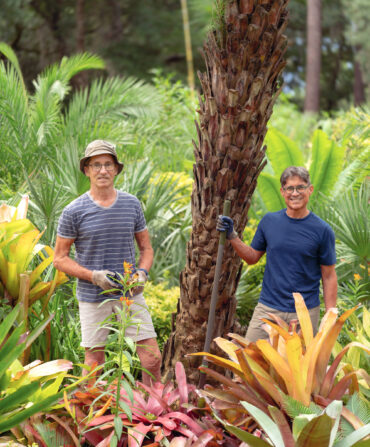As summer tapers into fall, gardeners know it’s time to plan and plant again, and the South’s bountiful nurseries stand ready to help. While most of these seven exceptional shops will ship a pot of their heirloom roses or tea camellias, a visit in person can mean wandering among fall-blooming azaleas, discovering a native plant that butterflies love, or saying hello to a blossom-eating tortoise. And you’ll probably pick up some green-thumbed wisdom, too. “Putting roots in the ground when it cools down gives a plant the chance to get established, to develop before new growth,” says Jason Powell of Petals from the Past, in Jemison, Alabama. “The life lessons we need are right here in our gardens.”
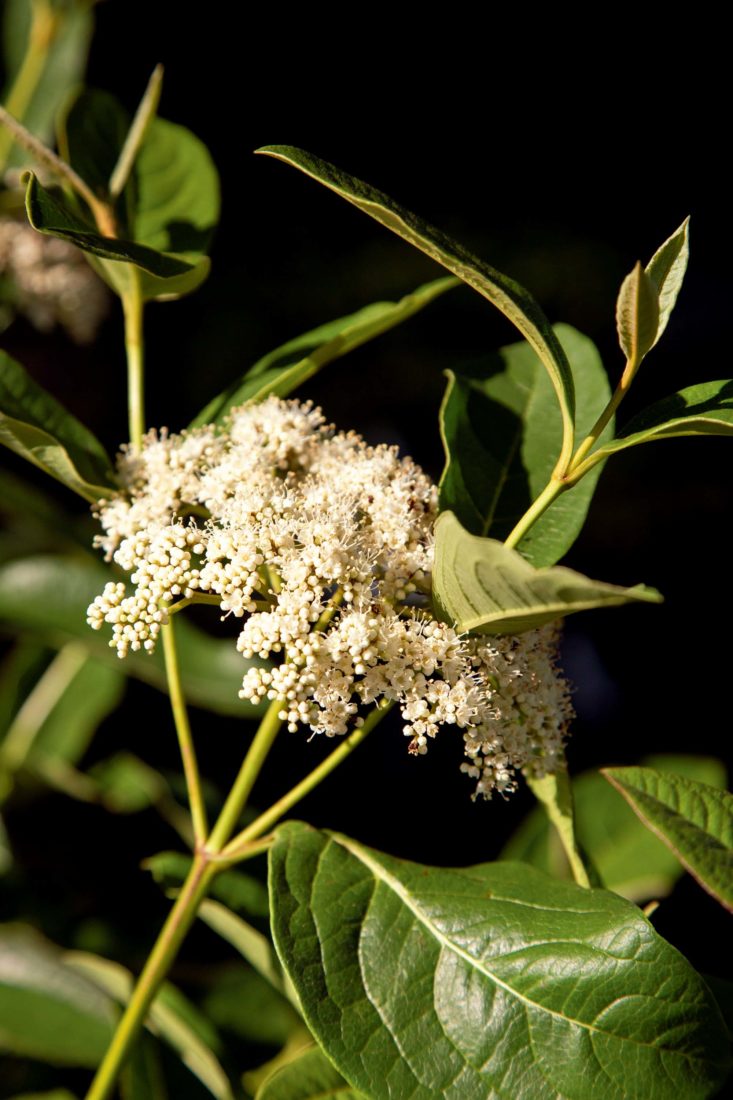
The Antique Rose Emporium
Brenham, Texas
A dozen stick-straight red blooms in a grocery store fridge are a recent footnote in the winding saga of roses. “True landscape plants, garden roses climb or cascade and have various leaf forms and are not bred for the flower alone,” says Mike Shoup, who tends to eight acres of gardens at his Antique Rose Emporium. Some of the roses are newly developed, but many are rescued Southern heirlooms. The Maggie rose, for example, collected in Louisiana, blossoms deep pink, darkens to crimson in cool air, and sends out a robust perfume. “There’s an emotional response,” Shoup says. “Memories come back when you smell a rose in a garden.” He takes orders all year and begins shipping in September, when nights start to cool and “the roses jump because they’re happy.”
Plant Pick: Shoup recently introduced the Belinda’s Blush rose, a creamy pink offshoot of the best-selling and easy-to-grow Belinda’s Dream, both mostly thorn-free.
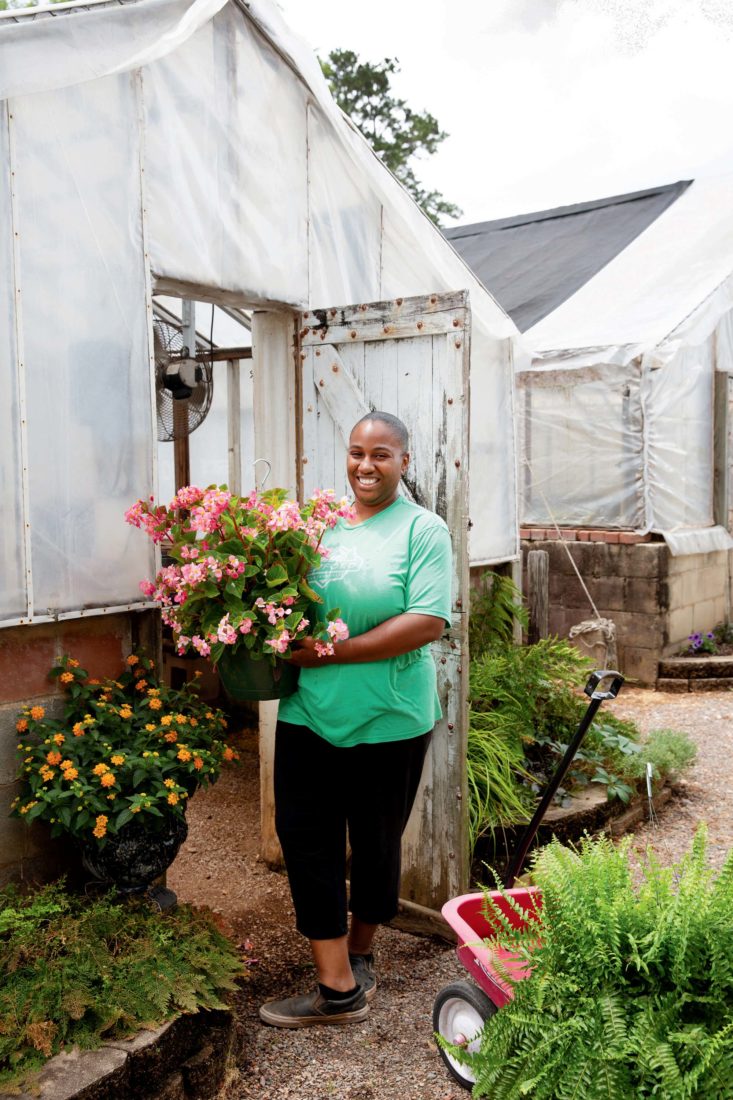
Bedford Greenhouses
Augusta, Georgia
As a young couple shuffling among corporate jobs in Atlanta and Raleigh, Milledge and Joanne Peterson found stability in planting a garden, a way to make temporary digs feel rooted. Then in 2002, on a visit to see their families in Augusta, they heard that Bedford Greenhouses, a local institution since the 1940s, was for sale. It seemed like serendipity—at first. “We took over the greenhouse during what might have been the hottest summer on record,” Joanne says. “But the longtime employees helped us every step of the way.” Those include Raymond Shorts and Rene Wells, who have worked at the nursery since the 1970s. Bedford does a brisk trade in azaleas—the star sights at nearby Augusta National Golf Club—and especially Encore azaleas, which bloom in spring and again in fall. And while customers often ask about flowers that can handle heat (the Petersons suggest scorch-tolerant Sunpatiens), at the shaded terrarium “bar,” guests build indoor capsule gardens that thrive no matter the season.
Plant Pick: Dragon Wing begonias, which can take full sun. “But they are also easy to grow in partial shade,” Joanne says, “and they have lush green leaves and red and pink flowers.”
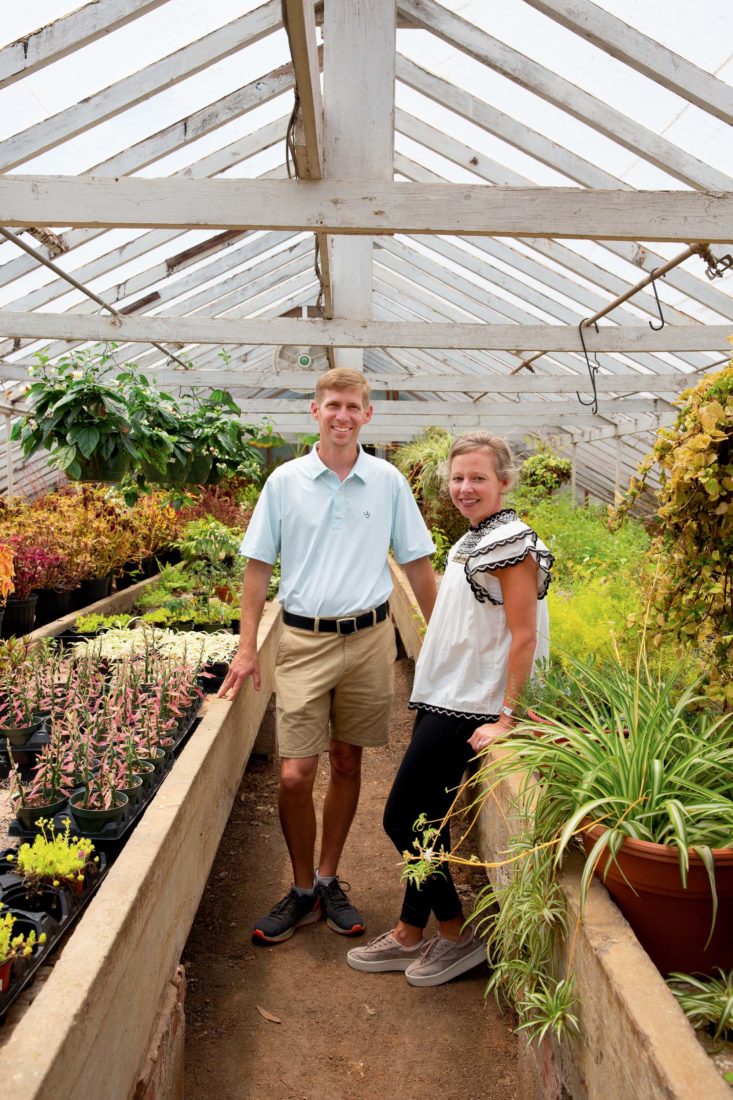
Camellia Forest Nursery
Chapel Hill, North Carolina
Off State Highway 54, David and Christine Parks raise hundreds of cold-hardy flowering camellia shrubs, many of which David’s father developed, such as the Survivor, which withstood a nine-below-zero night in 1985 and can grow at the northern frontier of the camellia’s range in the mid-South. Plant a row and take in the beauty of the winter flowers, or drink in the beauty of camellias literally: The leaves of Camellia sinensis, a close relative of the showy types, dry into black and green tea. Christine is the author of the new book Grow Your Own Tea, and the couple maintain a half acre of tea gardens that they open for workshops. “Even on a small plant, you can pick new shoots to help it branch out and make it stronger,” David says. “We might gather a half pound of tea from a single plant, and you can taste the difference between a spring and summer harvest.”
Plant Pick: Dave’s Fave or Christine’s Choice tea camellias that the couple bred. “They’re prolific bloomers with a small white flower in the fall,” David says. “And they attract a lot of bees.”

Just Fruits and Exotics
Wakulla County, Florida
When horticulturist Jenks Farmer, one of the South’s leading authorities on rare and edible plants, is in need of a fig, pawpaw, mayhaw, or kumquat tree, he calls Just Fruits and Exotics, near Apalachicola National Forest. “You can’t just crank trees out on an assembly line,” says co-owner Jamake Robinson, who took over the old-school Gulf Coast nursery and orchard in 2017 with his business partner Michael Davino. The pair nurtures hundreds of varieties of rare fruit trees, including three dozen persimmon cultivars, collecting cuttings from backyards and abandoned orchards and tending saplings for years before sending them out into the world. “A tree settling into the fall soil,” Robinson says, “is a tree getting used to its new home.”
Plant Pick: The LSU Improved Celeste, which Robinson calls a “beginner’s fig,” or the yellow Smith, “a rare fig that collectors seek,” Davino says.
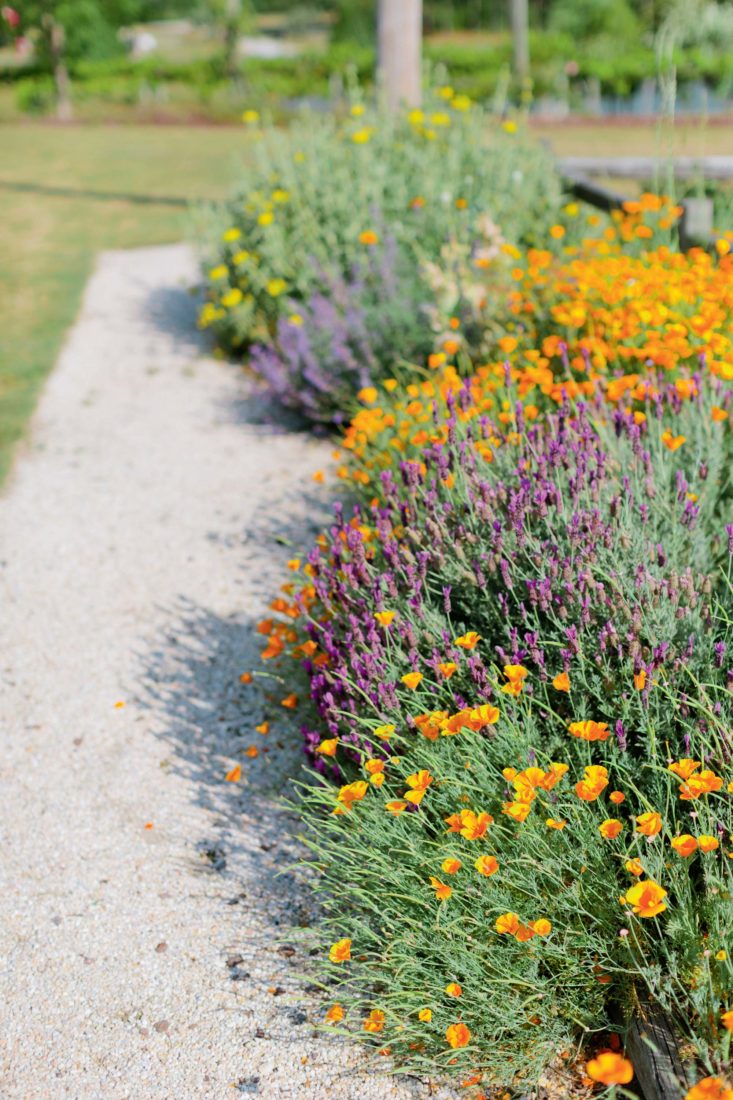
Petals from the Past
Jemison, Alabama
The twenty-two acres of display gardens at Petals from the Past fan out with intention. The whole place is set up as a living learning center, showing by blooming example how plants and pollinators work together to complete nature’s flower-to-fruit cycle. Beyond the old farmhouse that serves as a gift shop, walk by milkweed on your way to the blueberries, salvia on the way to native muscadine grapes, and purple anise hyssop blooming near the blackberries. Owners Jason Powell and his wife, Shelley, both horticulturists who studied at Texas A&M, opened the garden center in 1994, and today it’s a Deep South destination for rare, heirloom, and native plants. The couple has noticed longtime regulars and younger generations alike moving away from manicured lawns and pristine landscaping. “It used to be that people just wanted their gardens to look beautiful,” Jason says. “But now people are looking for something that’s better for the earth. We’re asking of our gardens the same things we’re asking of ourselves.”
Plant Pick: The cowcumber tree, a type of magnolia. “It’s sometimes called a ‘bigleaf magnolia,’ as it has phenomenally large leaves,” Jason says. “It’s almost prehistoric looking, like we’re going to see dinosaurs walking by, and it has a big, beautiful open white flower.”
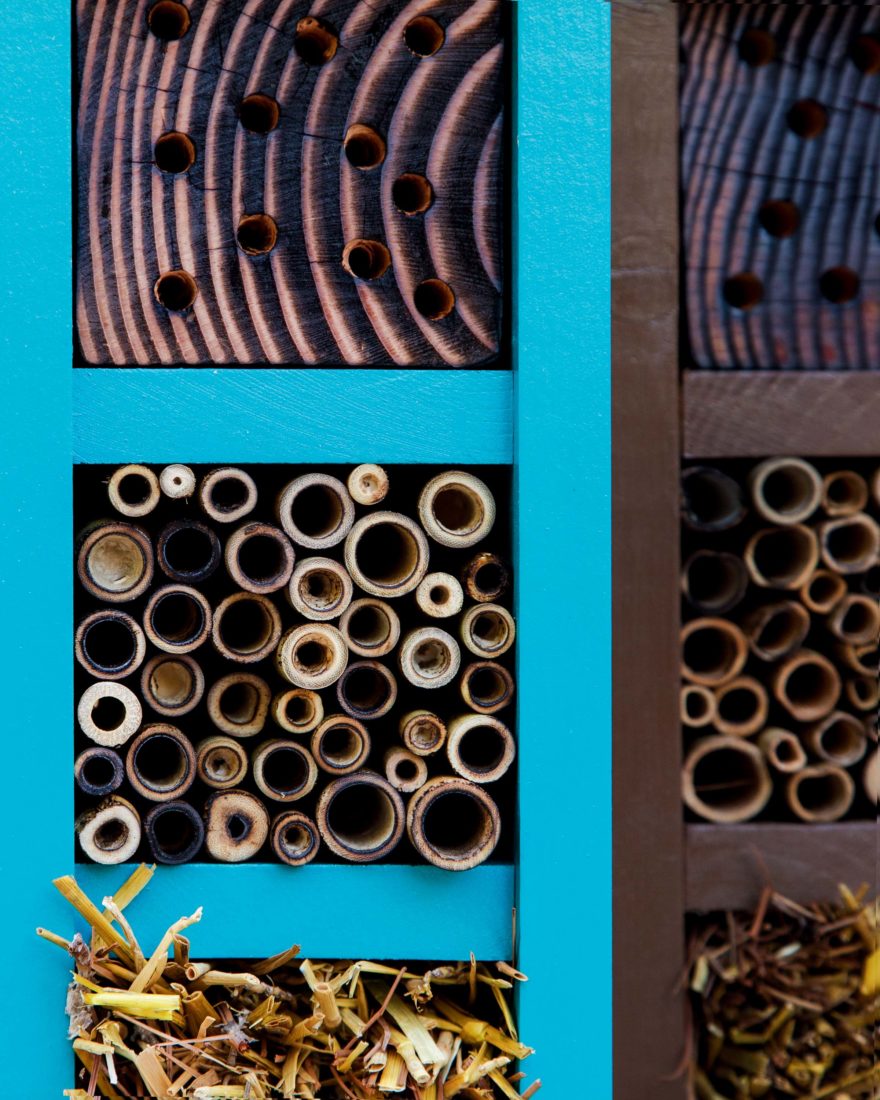
Roots and Shoots
Charleston, South Carolina
If you’re not ready to plant a full-on native wildscape, consider a pollinator “pocket,” a patch of ground that supports the birds and the bees and the butterflies, advises Roots and Shoots owner David Manger. Last November, Manger went from supplementing his landscape work by growing and selling a couple of rows of milkweed and lilies in his backyard to opening an entire nursery of native plants, where hand-painted signs point out the shade seekers and sun lovers. Find Georgia aster, goldenrod, and coral honeysuckle, a magnet for ruby-throated hummingbirds, and ask Manger or nursery comanager Rachel Carey to show you the hand-built wood-and-straw “hotels” that shelter mason bees.
Plant Pick: Native red salvia. “It’s super bloomy and grows until it freezes,” Manger says. “And it’s a treat for butterflies.”
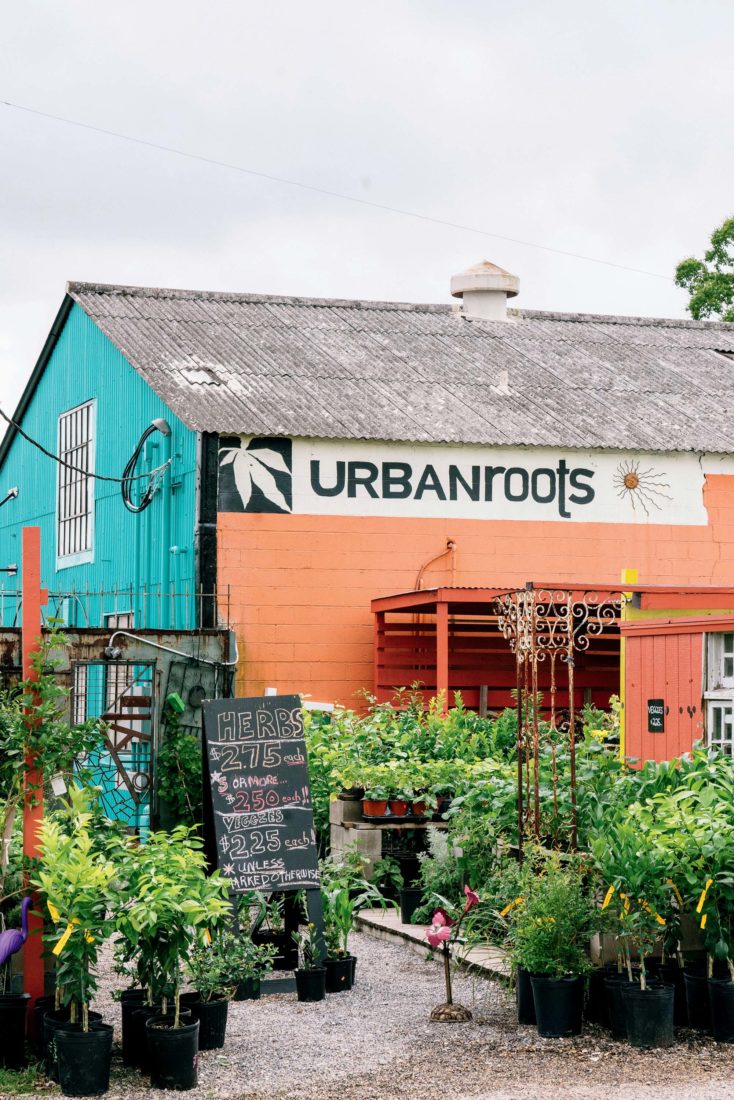
Urban Roots Garden Center
New Orleans, Louisiana
If Noah had also been a plant geek, his floating zoo might have looked something like Urban Roots, where goats, turtles, rabbits, and Jackson the miniature pig all shelter from the swelter of New Orleans among giant ferns and elephant-ear plants. “We have a tortoise, Shelly, who loves the prickly pear cactus fruit,” says Tom Wolfe, who co-owns the business with Matt Frost. The gardening oasis hosts an annual cactus sale in late summer, when heat peaks and most of the flowers are fried. All year long, find compact courtyard winners such as ponytail palms set among the center’s collection of salvaged cast-iron gates. Inside the shop, regulars know to greet Elvis the prairie dog. “Do say hi,” Wolfe says. “He barks back.”
Plant Pick: “Thirty years ago, everyone here in the Irish Channel neighborhood had a gloriosa lily on their fence,” Wolfe says, “and then it fell by the wayside until one of our local growers started growing it again.” In one season, the yellow-and-red stunners will cover a fence with flowers—and an entire block with fragrance.

This article appears in the August/September 2020 issue of Garden & Gun. Start your subscription here or give a gift subscription here.




